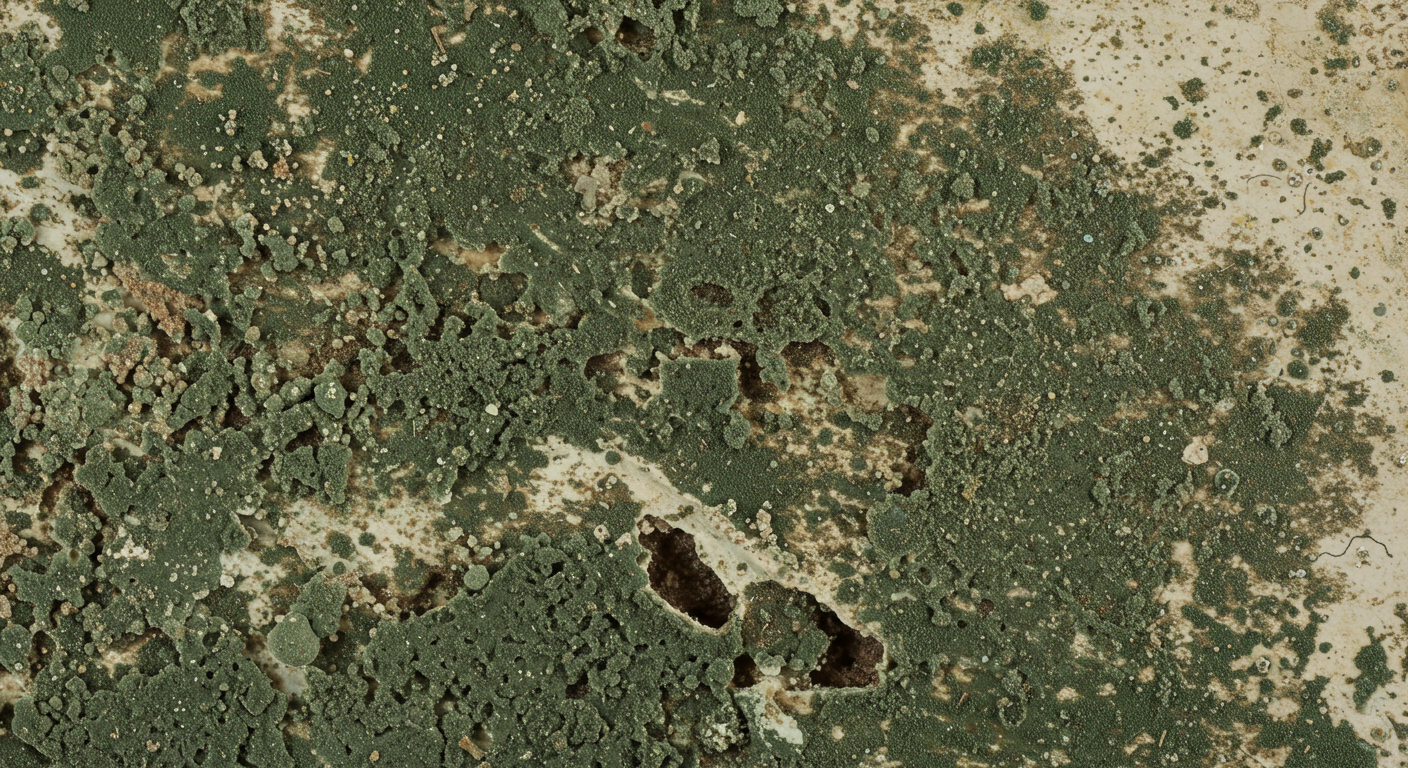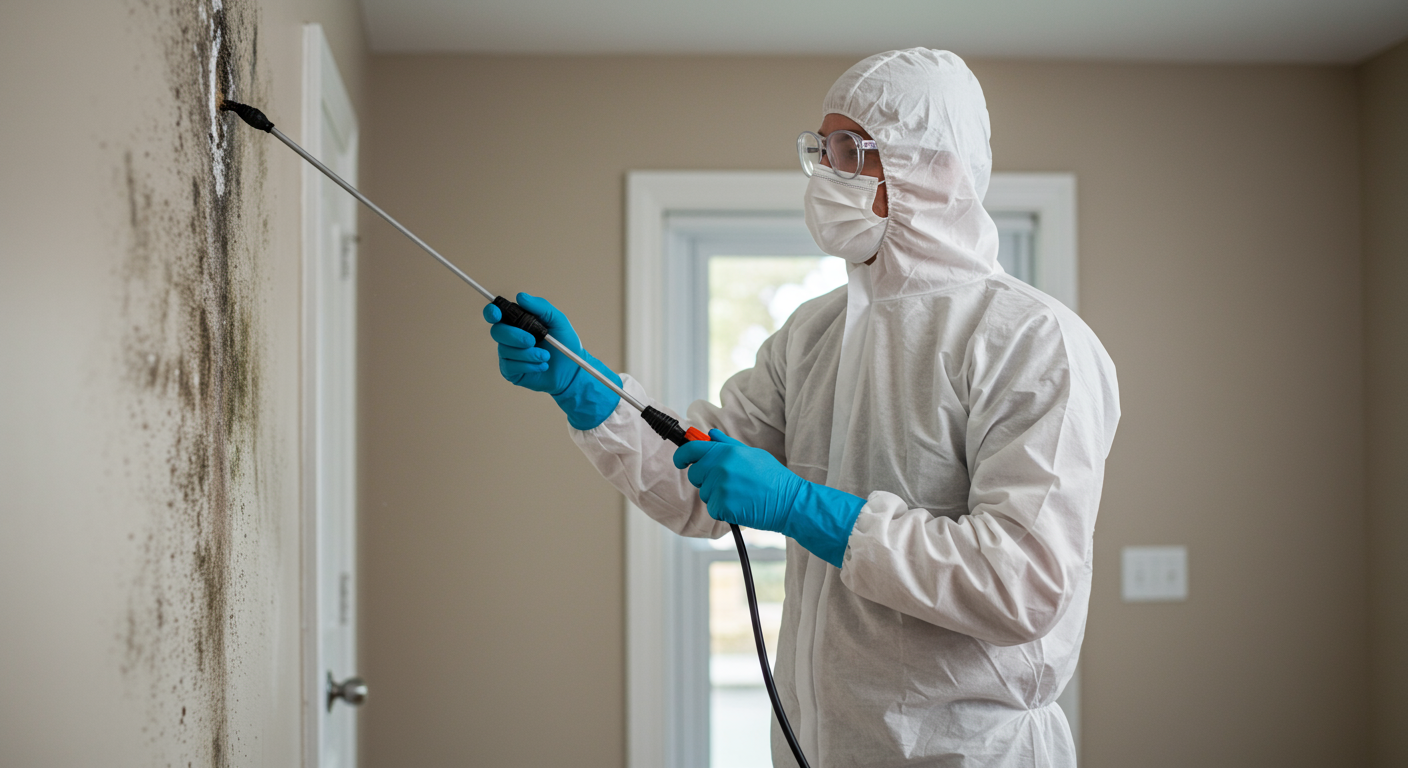Mold is a common household issue that often sparks concern and confusion. From health risks to property damage, mold can pose significant challenges if left unchecked. This article delves into the myths, facts, and effective prevention strategies to help you better understand and manage mold in your home.
Understanding Mold: What You Need to Know
Mold is a type of fungus that thrives in damp, warm, and humid conditions. While it plays a vital role in nature by breaking down organic matter, it becomes problematic when it invades indoor spaces.
Common Myths About Mold
Mold is surrounded by numerous misconceptions. One common myth is that all mold is toxic. In reality, while some molds produce allergens and irritants, not all are harmful. Another myth is that bleach is a foolproof solution for mold removal. While bleach can clean mold on non-porous surfaces, it doesn’t address the root cause or remove mold from porous materials like drywall.
Health Impacts of Mold Exposure
Mold exposure can lead to various health issues, especially for individuals with allergies, asthma, or weakened immune systems. Symptoms may include sneezing, coughing, skin irritation, and respiratory problems. Prolonged exposure to mold can exacerbate these conditions, making it crucial to address mold problems promptly.
Mold Growth: Causes and Conditions
Understanding what causes mold to grow is the first step in preventing it. Mold requires specific conditions to thrive, and knowing these can help you take proactive measures.
Why Mold Thrives in Homes
Mold often grows in areas with poor ventilation, high humidity, and limited sunlight. Bathrooms, basements, and kitchens are common hotspots due to their frequent exposure to moisture. Leaky pipes, roof leaks, and condensation can also create ideal conditions for mold growth.
The Role of Moisture in Mold Development
Moisture is the primary driver of mold growth. Even a small amount of water from a spill or leak can lead to mold if not addressed promptly. High indoor humidity levels, often caused by poor ventilation or lack of dehumidification, can also contribute to mold problems.

Mold Prevention and Control
Preventing mold requires a combination of proactive measures and timely interventions. By addressing the root causes, you can significantly reduce the risk of mold in your home.
Effective Moisture Management Techniques
Controlling moisture is key to preventing mold. Start by fixing leaks and ensuring proper drainage around your home. Use dehumidifiers in damp areas and maintain indoor humidity levels below 60%. Proper ventilation in bathrooms and kitchens can also help reduce moisture buildup.
When to Seek Professional Help
While minor mold issues can often be handled with DIY methods, extensive mold infestations require professional intervention. Experts can assess the extent of the problem, identify the source, and implement effective remediation strategies. If you’re dealing with persistent mold problems, consider consulting a professional mold remediation service.
For more information on professional services, check out Comprehensive Mold Damage Services in Edinburg, TX: Protect Your Home Today!.
Debunking Toxic Mold Syndrome: What Science Says
Toxic mold syndrome is a controversial topic that has garnered significant attention. While some claims are exaggerated, understanding the science can help separate fact from fiction.
The Truth Behind Mold Testing
Mold testing is often marketed as a necessity, but it’s not always required. Visible mold growth or a musty odor is usually enough to confirm its presence. Testing may be useful in specific situations, such as determining the type of mold or assessing air quality. However, addressing the source of moisture and removing the mold is more critical than testing.
Understanding Allergies vs. Toxicity
Not all mold exposure leads to toxicity. Most health issues associated with mold are due to allergies or irritants. Toxic mold, such as Stachybotrys chartarum, can produce mycotoxins, but its presence doesn’t always mean you’re at risk. The key is to focus on prevention and timely remediation to minimize health risks.
For a detailed guide on post-remediation steps, visit Essential Steps to Take After Mold Remediation in Hurst, TX: A Comprehensive Guide.
Conclusion
Mold is a manageable problem when approached with the right knowledge and strategies. By debunking myths, understanding the causes, and implementing effective prevention measures, you can protect your home and health from the adverse effects of mold. Remember, addressing moisture issues and seeking professional help when needed are the cornerstones of effective mold management.


